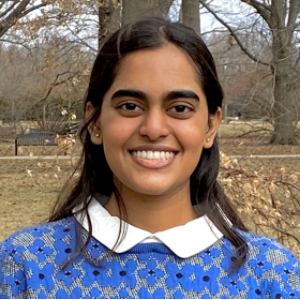Title : State of academic spine: Comparing orthopedic and neurosurgical practices at a large academic medical center
Abstract:
Introduction
There has not yet been a formal study of the differences between the practice and patient population of orthopedic spine surgeons and spine neurosurgeons. With patients and providers unsure who to turn to, it is of interest to analyze their practice and patient population. To find answers, an evaluation of the first year of practice for both a spine neurosurgeon and an orthopedic spine surgeon was conducted at a large academic medical center.
Methods
An IRB-approved retrospective review was conducted observing the first year of practice for an orthopedic spine surgeon and a spine neurosurgeon from 2021-2022. The data included the number and characteristics of surgeries, patient demographics, and comorbidities. Microsoft Excel was used for descriptive statistics and analysis, utilizing z-tests, with p-value < .05 being statistically significant.
Results
The orthopedic surgeon and neurosurgeon performed 126 and 265 surgeries, respectively. 94.0% of the neurosurgeon’s cases involved direct operation on the spine compared to 83.3% for the orthopedic surgeon. 100% of the orthopedic surgeon’s remaining surgeries were I&D’s compared to 41.2% for the neurosurgeon. The neurosurgeon performed a significantly higher proportion of decompressions, while the orthopedic surgeon performed a significantly higher proportion of instrumentations. The neurosurgeon had a significantly greater proportion of oncologic surgeries, while the orthopedic surgeon performed a significantly greater proportion of trauma-based surgeries.
Compared to Ohio averages, both patient populations were significantly more likely to have hypertension, diabetes mellitus, obesity, and significantly less likely to have osteoporosis. Neurosurgical and orthopedic patients had significantly higher rates of coronary artery disease and hyperlipidemia, respectively, than the Ohio population.
Conclusion
Orthopedic and neurosurgical spine practices have unique differences, previously unrecognized. As we gain an appreciation for these subtleties, a better understanding of spine surgery can be formed. Future directions include examining additional surgeons and years to increase patient population size.
What will audience learn from your presentation?
(Try to list 3-5 specific items)
- Although both neurosurgical and orthopedic surgeons operate on the spine, they have different scopes of practice. Orthopedics specialize in more in trauma, while neurosurgeons perform more oncologic surgeries. This can help both surgeons understand in what ways their practices complement each other.
- Spine patients in general have higher rates of medical comorbidities compared to the average population. This can make their health management more challenging than other patients and is something surgeons should be aware of when designing treatment plans for spine patients.
- Neurosurgery practice involved more decompressions while the orthopedic practice involved more instrumentation. This could be due to a difference in training or perspective towards spine management.



